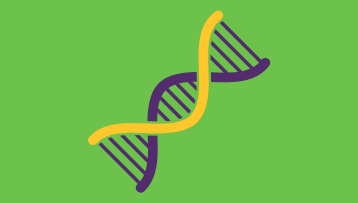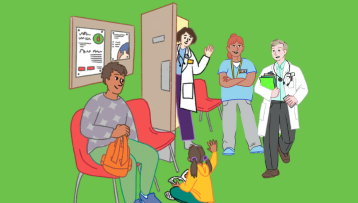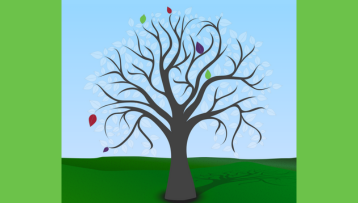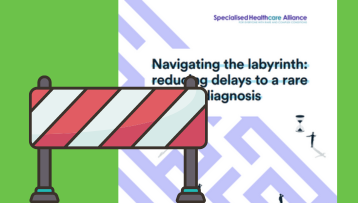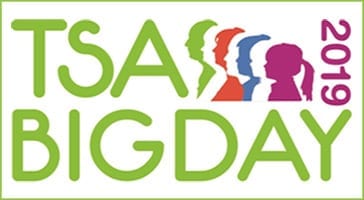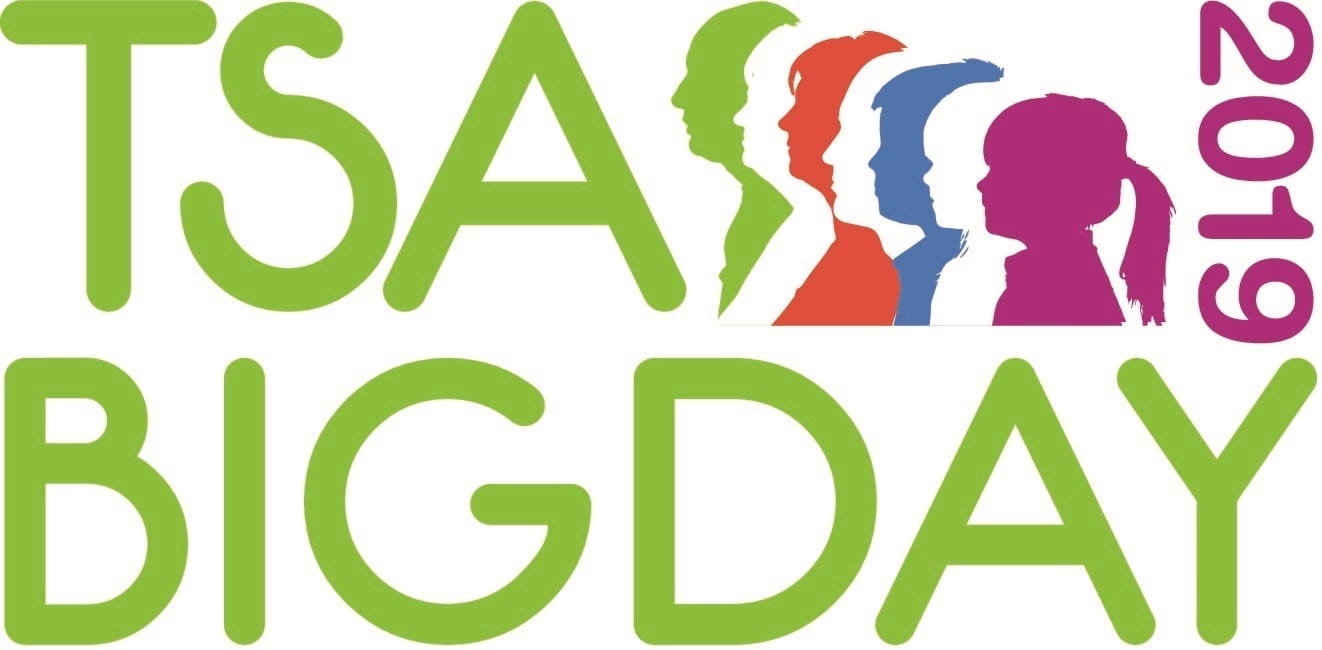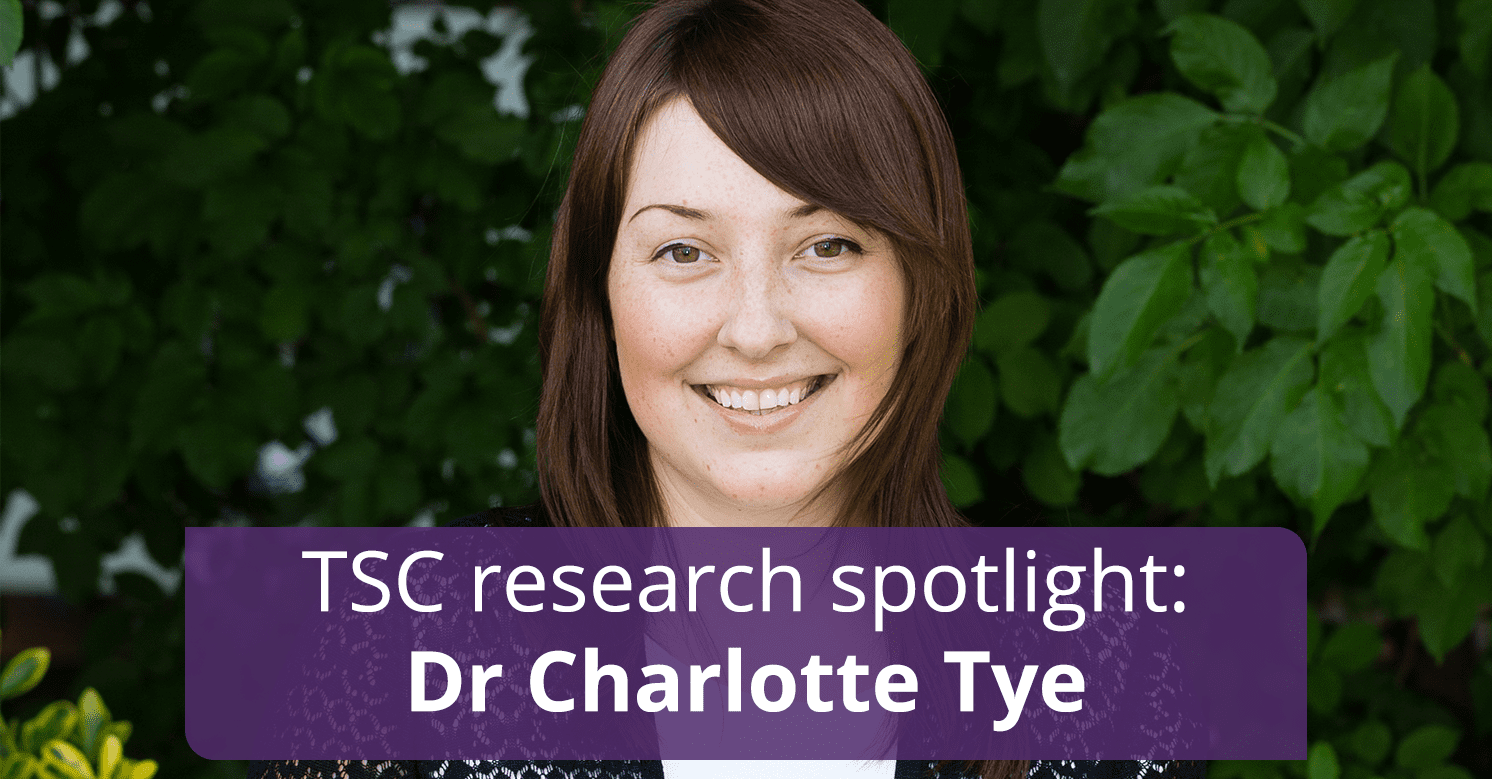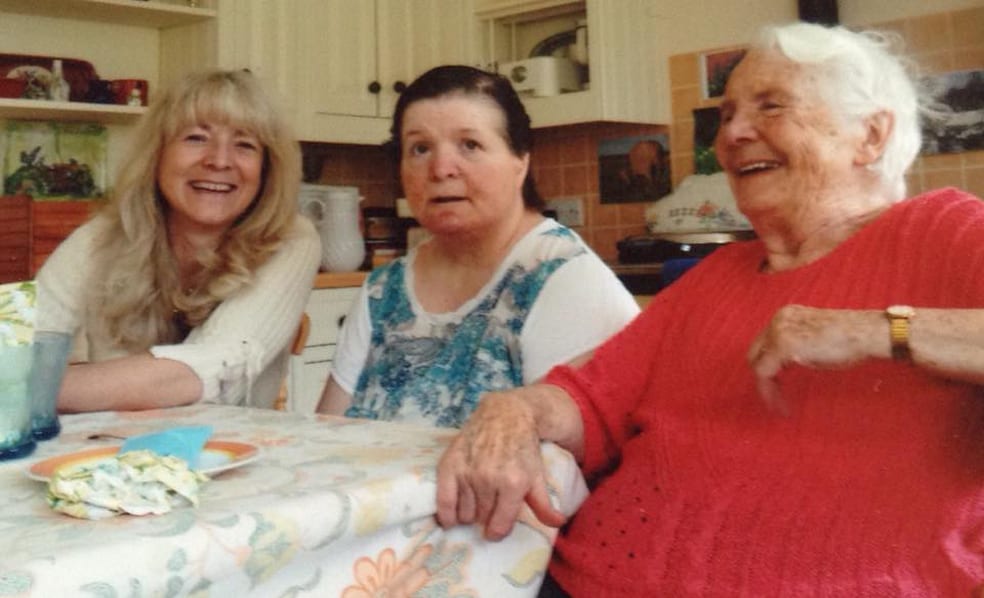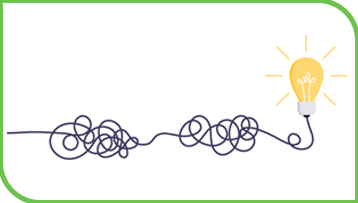Professor Darcy Krueger and the TACERN Study Group has revealed that accumulated seizure burden, rather than the age that seizures start, most accurately predicts neurodevelopmental outcomes at 36-months of age
Epilepsy affects eight out of every 10 people living with TSC, with seizures often beginning in the opening months or year of a child’s life. However, the longer term effects of seizures on learning development is not fully understand.
In this study, 129 newborns with TSC were tracked for 36 months. Caregivers completed daily seizure diaries and infants underwent frequent neurodevelopmental testings and brain imaging. Results showed that at 36-months of age the children with TSC fell into two large subgroups based on what the tests and seizure diaries.
A key focus of this study was ‘accumulated seizure burden’. This means the overall impact of seizures over time. This includes the total number of seizures a person has had, their severity, and how long they last. In other words, the overall ‘weight’ (or ‘burden’) of seizures on someone.
These two subgroups showed differences in accumulated seizure burden, neurodevelopment (how the brain develops), and the size of TSC tumours. From this, the researchers could predict with 82% accuracy whether a child would fall within the group with greater or fewer neurodevelopmental challenges based on accumulated seizure burden.
This study shows that in young children with TSC , the total number and severity of seizures over time have a bigger impact on brain development than the age at which seizures first occur. We can now see that controlling seizures early, especially in the first three years of life, is crucial not just for reducing the seizures themselves but also for helping children’s brains better develop.
Read the full paper here.












